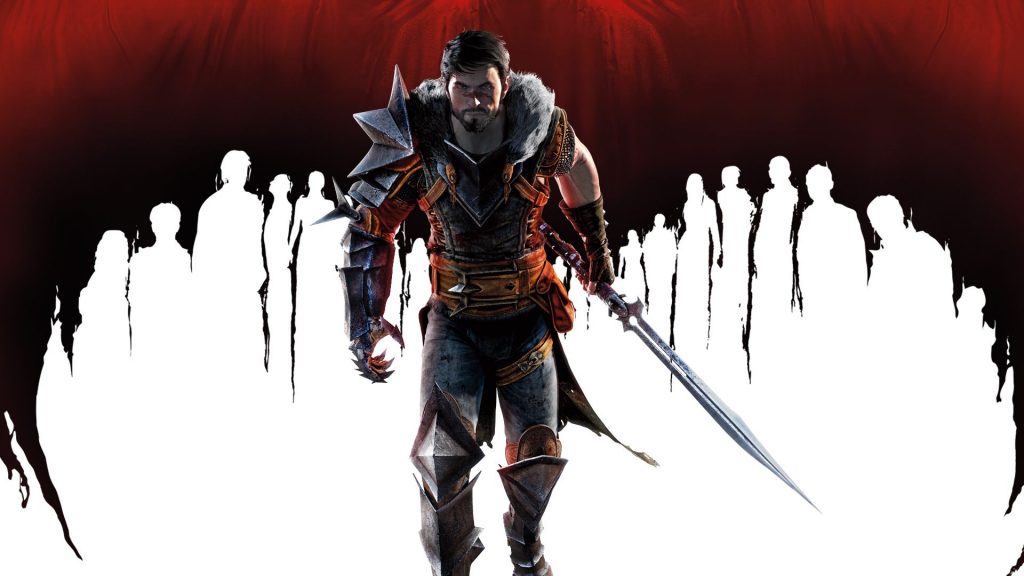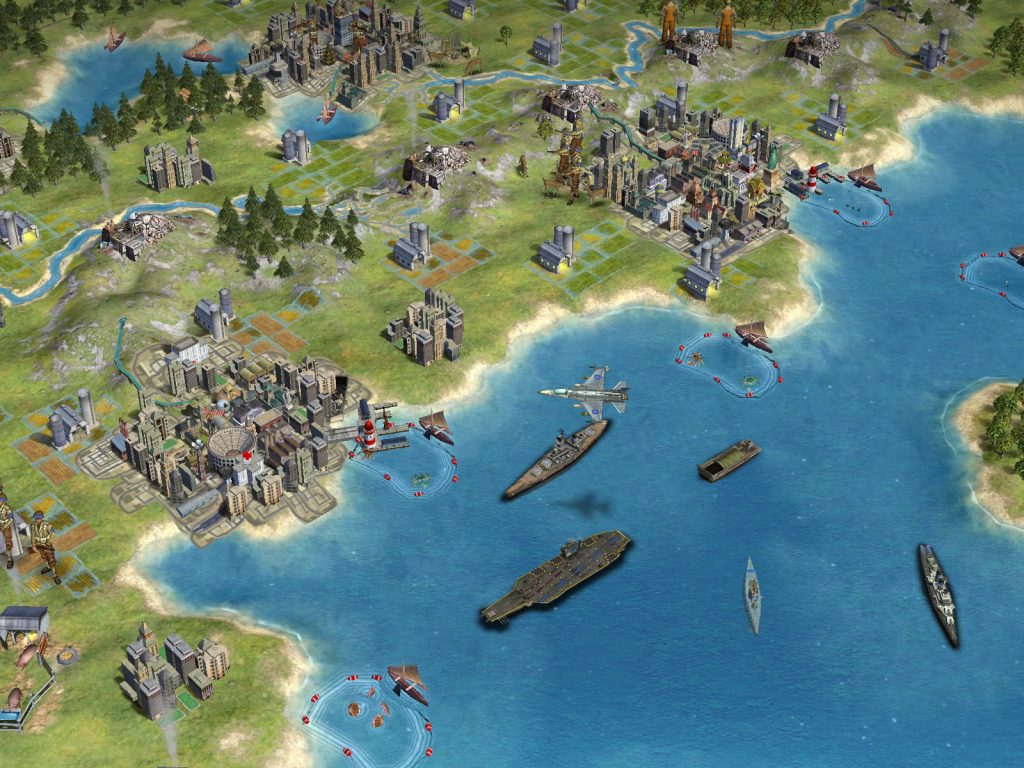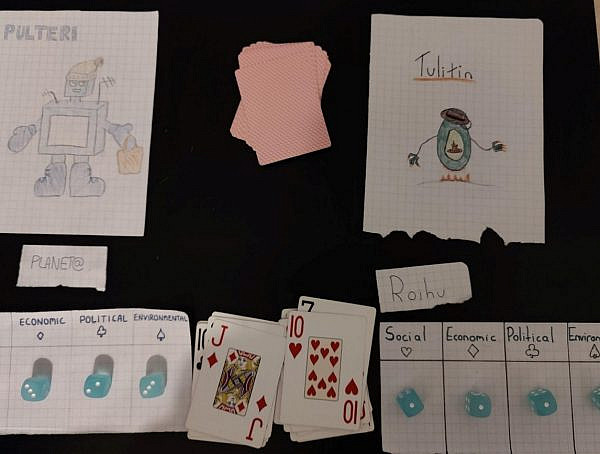Ways of telling stories can be highlighted through comparing narrative tools in videogames and literature.
Video games have advanced technically with great strides since their inception, but their full potential as a storytelling media is still being explored, especially with the rapid increase of independent game design. Ways of telling stories and how to apply them in game research is an under-researched area, which is why we should understand the potential of narrative tools in game design. Jonne Arjoranta’s research on video game narratives explores three concepts used in literary studies to find out how storytelling could be implemented in game design better. The concepts need to be modified to understand an interactive media like video games, and only then can they be used as narrative tools to design better storytelling in games.
The three concepts or narrative tools presented in the study are focalisation, mode of narration and granularity. They refer to the way, the distance and the point of view a narrative is told from. Focalisation refers to the point of view or perspective the world is seen from. If the game uses a first-person view, and the protagonist’s implied agency is based solely on his physical actions (instead of his thoughts or feelings, making the protagonist a blank slate), this can lead to the player fully identifying with the protagonist. The player can even believe that he knows the protagonist’s motivations based on full physical control of the character.
Arjoranta indicates this can be used for deceiving the player in a way unseen in literary fiction. For example in Assassin’s Creed III, the player is lead to think he works on the ”good” side, while he is actually working with what the player would have regarded as an enemy in previous installments of the game. What focalisation may be used for, additionally, is to reveal the mental landscape of the character through internal monologue presented in text or voiceover, or signal changes in the game state. This may include a character’s death, signalled by a transition from first-person to third-person view, which has been used in first-person shooters like CS:GO.
As a narrative tool, mode of narration refers to two types of narrators: teller-characters and reflector-characters. The former reports a story, conscious of the fact that they are doing this. These narrators comment, anticipate or otherwise make sure the reader can follow what is being told. The reflector-character is neither conscious of being a narrator nor is he conscious of a responsibility for conveying a story. This type of character experiences the story similarly to other characters unaware of it. Characters aware of being narrators may use this to consciously deceive the audience. Arjoranta points out that games, in these cases, use unreliable narrators as a device to, for example, affect how the game system works, as in Dragon Age II. Here, the protagonist tells about a sequence of events where he first appears to be almighty when slaying hordes of enemies. The unreliability is only revealed when it is demanded that the character be more honest, after which the game difficulty level increases. The demand for honesty, then, affects both game rules and visuals which become closer to reality. Teller- and reflector-characters may also be used in different modalities like text, audio and visuals; the story in Alan Wake, for example, is conveyed through documents found by the protagonist and through his voiceover.
When it comes to the third narrative tool, or “granularity”, let’s first assume that there is a basic level of detail that corresponds to everyday human experience of reality. This basic level of detail varies between games and their various modalities like text, audio, visuals or simulation. As a multimodal media, games can use the level of detail, or granularity, to show a somehow distorted view of the world. An example may be found in the difference between Civilization IV and V: in the latter installment, a simulation of environmental issues has been omitted.
By understanding narrative tools used in literature and comparing them to those used in games, we may learn something new about games as a storytelling media. There are many narrative tools and their applications to explore and understand to create meaning in games – and simply telling better stories in them. Some of Arjoranta’s main findings indicate that games have certain unique ways of telling stories, such as the first-person view of Assassin’s Creed III potentially offering the player a chance to identify with the protagonist as a blank slate, and being falsely led to believe that this understanding equals knowing the protagonist’s mental landscape. The player may thus find himself time and again deceived by fictional motivations. However, there are surely still multiple unexplored paths in game storytelling which have not been found by the pioneers yet.
Original article, “Narrative Tools for Games: Focalization, Granularity, and the Mode of Narration in Games” (2017) by Jonne Arjoranta can be found here.
You might also like
More from Game Research Highlights
How do you want to do this? – A look into the therapeutic uses of role-playing games
Can playing RPGs contribute positively to your wellbeing? A recent study aims to find out how RPGs are being used …
Eldritch horrors and tentacles – Defining what “Lovecraftian” is in games
H.P. Lovecrafts legacy lives today in the shared world of Cthulhu Mythos and its iconic monsters. Prema Arasu defines the …
Are Souls Games the Contemporary Myths?
Dom Ford’s Approaching FromSoftware’s Souls Games as Myth reveals the Souls series as a modern mythology where gods fall, desires …


















